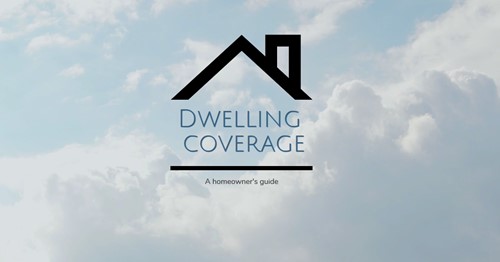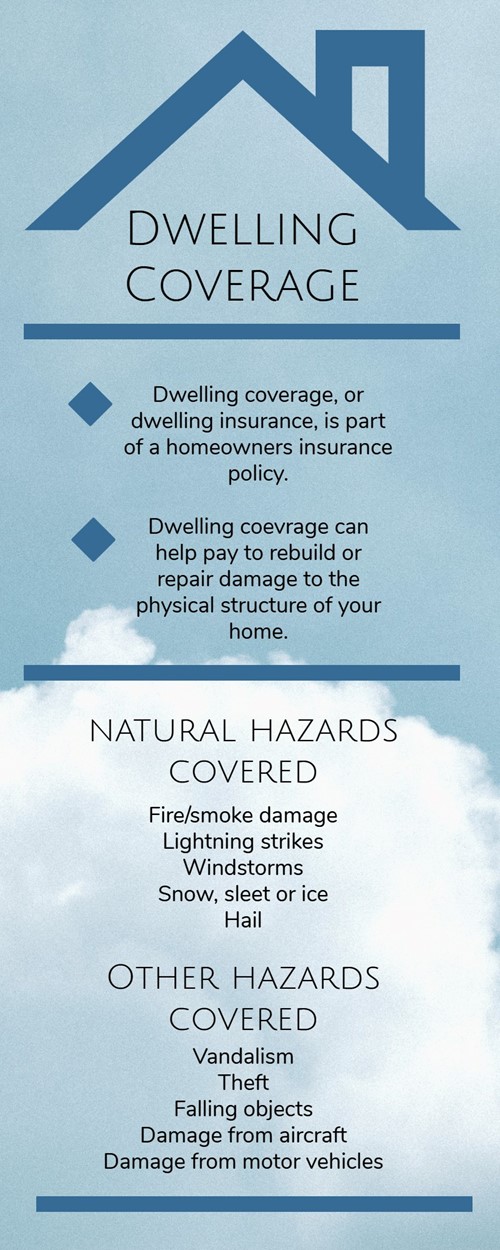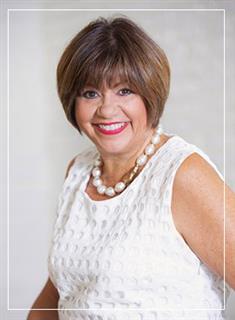
Dwelling coverage, also called dwelling insurance, is part of every standard homeowners insurance policy. Dwelling coverage concerns the physical structure of your home, and can help you recoup financially if it’s damaged.
While most homeowners insurance policies include dwelling coverage, it can be confusing to determine what sort of damaging events are covered. Here is a quick reference guide to what types of covered peril or hazards:
Natural hazards
Dwelling coverage is used to help pay for damage sustained from natural disasters or hazards. If the structure of your home is damaged by fire or smoke, windstorms, lightning strikes, hail, snow, sleet or ice, you may be entitled to compensation to cover the cost.
However, it’s important to note that not all natural hazards are covered by this homeowners policy. For example, windstorms do not include tornadoes. If you live in a region where tornadoes are common, you will need to purchase an additional tornado insurance policy.
For areas prone to earthquakes or flooding, you would also need to get additional coverage for these hazards. Consulting an insurance agent in your area will help you determine what insurance coverage is best for your situation.
It’s also crucial to remember that dwelling coverage only counts for the physical structure. This means it won’t cover the cost to replace carpeting or hardwood floors damaged by smoke from a fire. Typically, interior elements like flooring are covered under another portion of your homeowners insurance policy.
Other hazards
Dwelling insurance protects you from hazards beyond natural or weather-related events. Human-caused damage to the home structure from vandalism or theft are covered under this part of the policy.
Other hazards included in coverage are falling objects, damage from motor vehicles and damage from aircraft. If any of these issues should cause personal property damage, your insurance will pay for repairs.

Dwelling coverage and other specific policies can make an enormous difference in your recovery from the unlikely event of a covered disaster. By knowing exactly what dwelling insurance covers, you can have more peace of mind knowing your provider will help you recoup your losses.
About the Author

